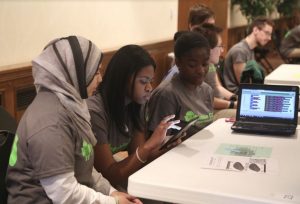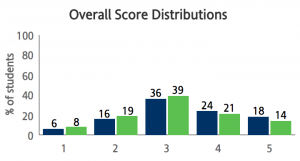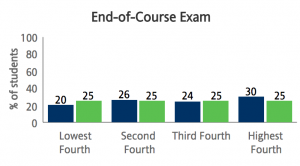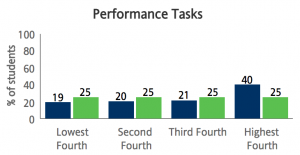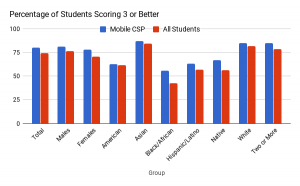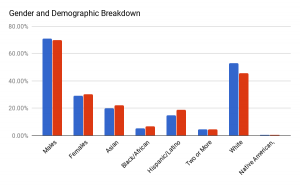As 2017 draws to a close, teachers are beginning to advertise and recruit for their 2018-2019 courses. Mobile CSP is excited to release 7 new student recruitment flyers to help get the word out about CSP.
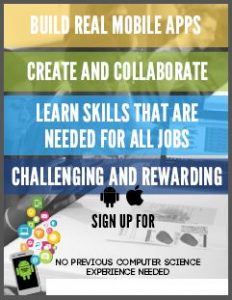
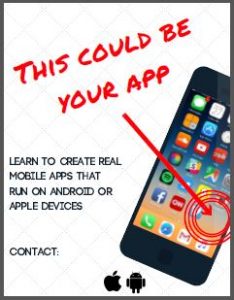
Teacher are welcome to download, customize (add course title and contact information), and share the flyers (found here: Student Recruitment).
Looking for more information about how to recruit students to your Mobile CSP course? View the tips below to get started.
Invite Students to Join Your Course
“You would be a great fit for this course.”
One of the most effective strategies teachers can use when recruiting students to their CSP course is to directly ask students to sign-up. By directly approaching students, teachers can empower those who may not have previously considered a CS course. Teachers have the power to show students that they too can be a computer scientist.
Approach students and ask them to sign-up for your Mobile CSP course:
- “I think you would excel in this course and would like for you to consider joining.”
- “The CSP course really focuses on helping students develop creativity and collaboration. You would be a great fit in this course.”
Promote Bring a Friend

“…students will have an opportunity to hear authentic stories and experiences from their peers.”
Ask students to bring a friend with them to class or ask them to encourage a friend to join the course. This strategy will build class numbers, encourage students from a variety of backgrounds and experience levels to sign-up, and create a welcoming environment where students feel comfortable exploring and asking questions. When students promote the course, others will have an opportunity to hear authentic stories and experiences about Mobile CSP.
- Host a “Bring a Friend” event with your current class.
- Encourage students to share their apps and CSP experience outside the classroom with their friends and family.
Host Information Sessions
“The skills I’m learning from this course could be used for my job… I’m planning on being a psychologist.”
Mobile CSP Student
Information sessions are a great way to get students, teachers, administrators, counselors, and parents/guardians on board with CS education. Host an information session that highlights the potential of Mobile CSP and the skills students will develop from taking the course. Consider inviting past students to share their experiences and the apps they have created.
Let’s get started! Mobile CSP has loads of valuable information on our website to help you get started in planning an information session. Contact Mobile CSP (info@mobile-csp.org) for additional resources and information.
Ask Others to Promote the Course
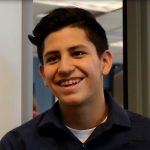
“If you’re not into math or logic but you’re into art and the creative side, this class could help you (improve those areas).”
Mobile CSP Student
Target courses and classes that all students are required to take (i.e. English, Math, Science courses) and ask teachers to share information about the course. Alternatively, ask to speak for a minute at the end of the class. Using this method gives you exposure to all students.
Advertise, Advertise, Advertise!
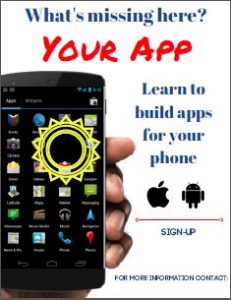
It is important that teachers advertise the opportunities and benefits associated with taking Mobile CSP. Share flyers, posters, videos, and presentations with students, administrators, and parents.
Download, customize, and share the Mobile CSP flyers with your students today! The flyers can be found here: Student Recruitment.
Cassandra Broneak
Mobile CSP | Data Specialist
cbeckworth@css.edu | research@mobile-csp.org

